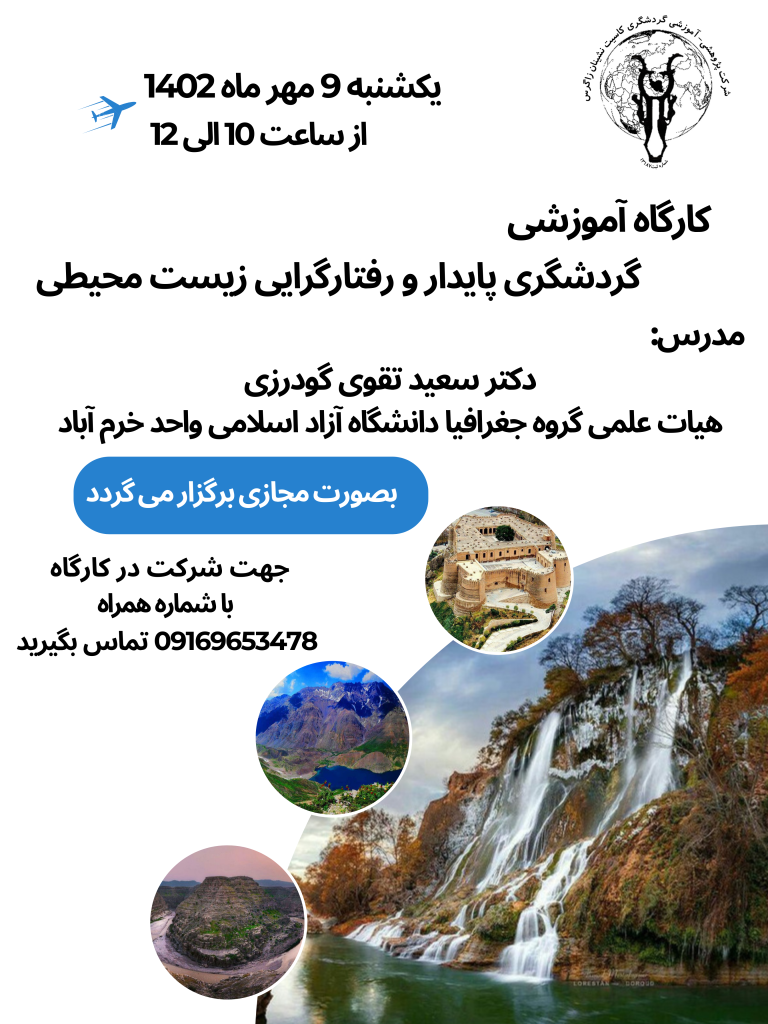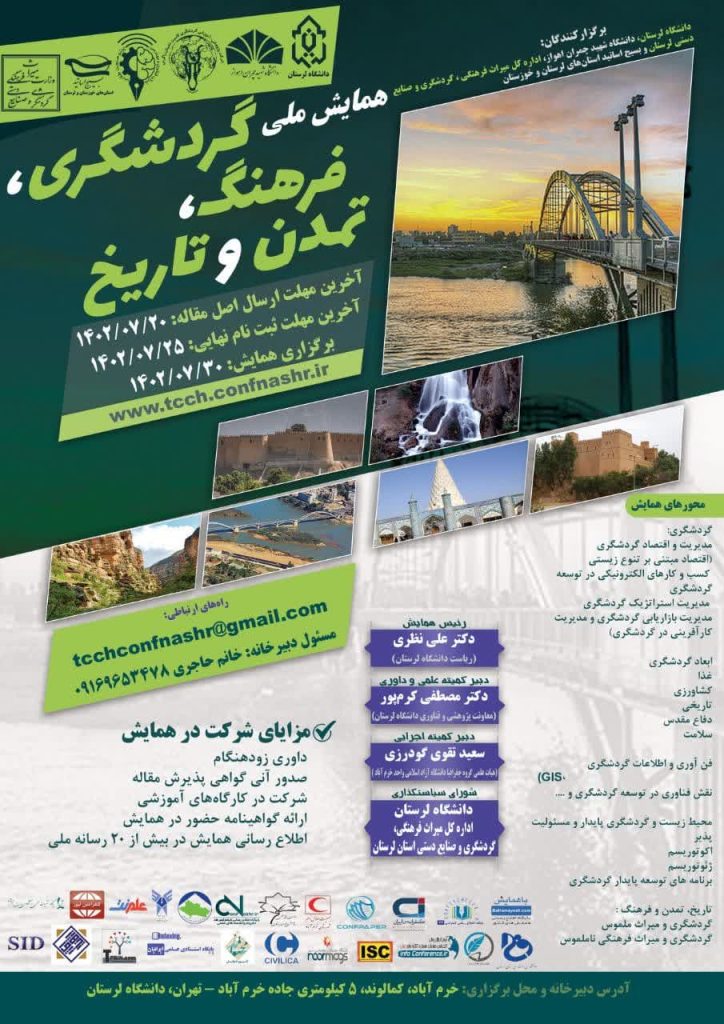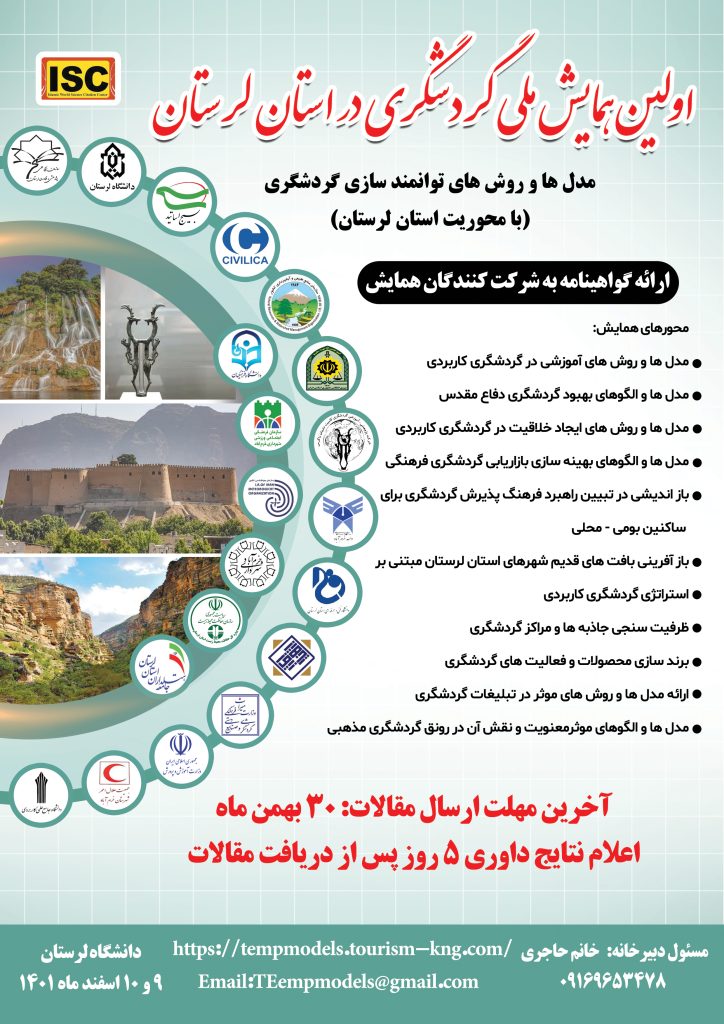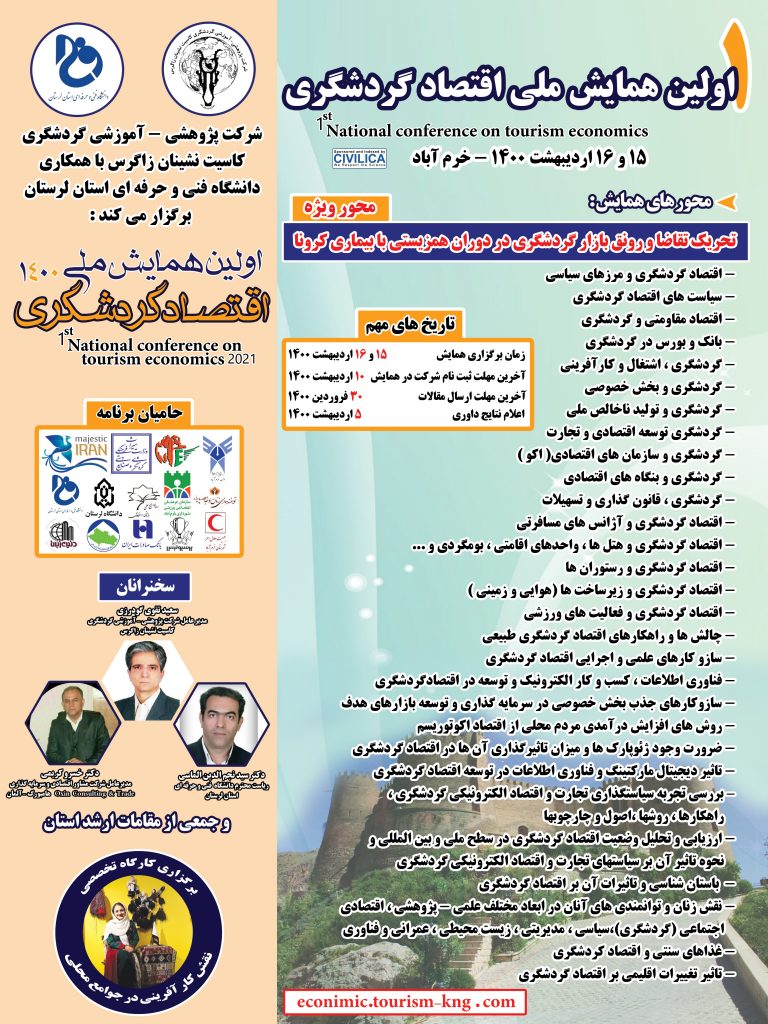The black tent is still the most important and most popular form of nomadic housing in the dialect of the Lahq “Doar” or “Black Mall”, meaning “Black House” and in the Lari and Bakhtiari dialect, respectively, “Dawar” and “Behon” respectively. Nowadays, despite the changes that have arisen due to the arrival of the Tarzan’s tent and the expansion of the construction of the building, the Black Tent is still at the top of other nomadic homes. The black tent that is woven from Bukhtari and other larks of the wool is made from black goat’s hair, and this is a general rule.
The only exception to this rule is the tent of the poorest nomadic nomads. The tent of this group of hair or wool is made in different colors. These hair or wool were from their wealthy neighbors, Hawas or Hass. That’s why it was Alwan.
They called such tents in the Laki dialect “Bora” or “Bara Ehra”. Each black tent consists of two equal parts, each in the Lari dialect and called “Lat”. Each piece usually comes in 5 or 6 “boards”.
Obviously, the number of boards and their length are directly related to the household economic situation. So that the tent of some poor households consists of only one 2 or 3 small boards. This is the same chalk that was previously mentioned in the “Bor” or “Bad Evil” series.
Steps to make a tent
A) Preparing the hair
Women discard black goats’ hair from other colors and then cut them apart as much as possible. The opening of the hair is called the “Veshkonen” or “Veshkonen” dialect, or “Aveshkonen”. After the hair has been opened, hair is immediately swirled in the form of thick strands. This is called “Loine kerden” in the Laki dialect. After that, laminated hair is made into relatively large bullets. They are called “Daspichek” in the Laki dialect.
B) Rasten, Va (Va) and Daen (meaning “Resurrection”)
The “Ivy Dosh” hair bullets are made by the “Dook” in the form of strings called “bin” or “strap”. After preparing “Benny”, they shake it with a piece of wood about a half a meter high, and then they are bullet-shaped about the size of a soccer ball.
C) Ajjer (Awjer)
After bumping the bunnies, they keep them in water for a few minutes to smooth them out. Then they were taken out immediately around two trees, two pieces of stone, or two wooden nails sunken in the ground, with a distance of 5 to 10 meters in length and more. They leave the buns for some time to dry well. After that, the bombs are unplugged and re-assembled into bullets again.
D) Tanen means “weaving”
At this point, first, the bones are based on the wood that is placed in a special way. The preparation stage is one of the most important stages in the tissue, which only helps and advises the experienced women. If there is a mistake at this stage, in addition to the undesirable texture of the tent of the fringe it will not be even. In this case, when the side of the boards is sewn to each other, it will cause a lot of problems due to the unevenness. After preparing the bin, the tent is knitted by skilled women with Tamdar, meaning “black tent weaving machine”. Apparently, due to the specific name for helping in such areas, there is the limited number of people who should do the job. For example: There are four weavers at the top of the tent.
It is noteworthy that there are different stages of tattooing, such as other affairs and affairs, among tribal women. Such associations are Gale Chirah or Gale dawer. The group has no special name for the trampoline.
Black tent generally consists of four parts:
1 Coat (woven from goat’s hair)
2 Columns (Dirk, Tierk, Stenin, Serben, Cachill)
3 Ropes
4 Walls (made from hollow reeds, goat’s hair and, in some cases, colored or colored wool).
Black tent parts
Sar, Ban (Ban), Saroban, Kechil, Gooshah, Sarkola, Latk, Harkah.
Source: Spiritual Heritage Record / Apprenticeship Unit / Zienab Hajari









